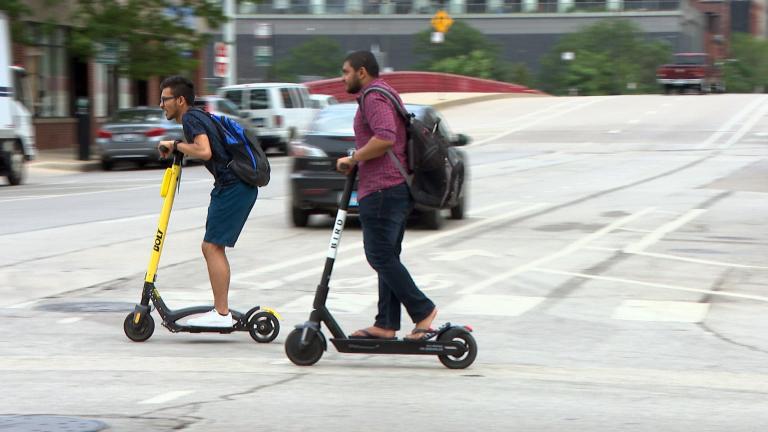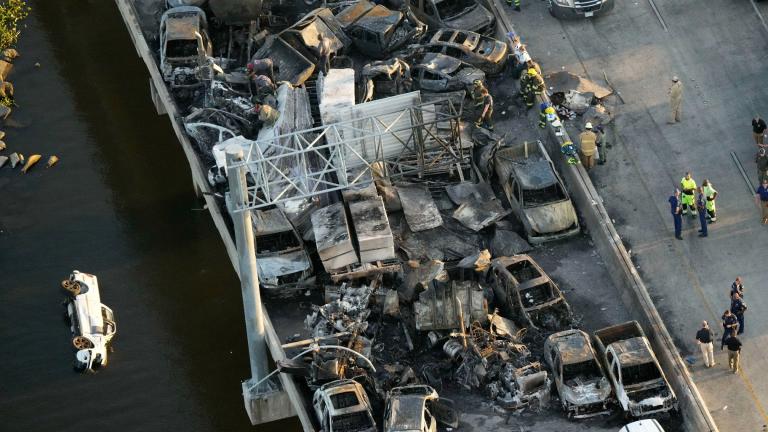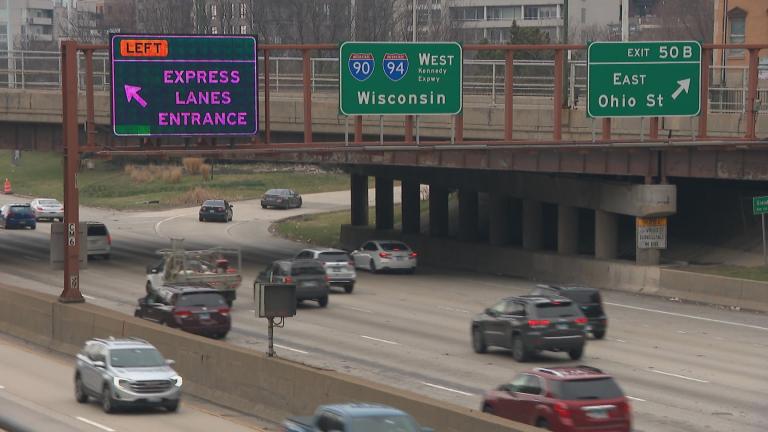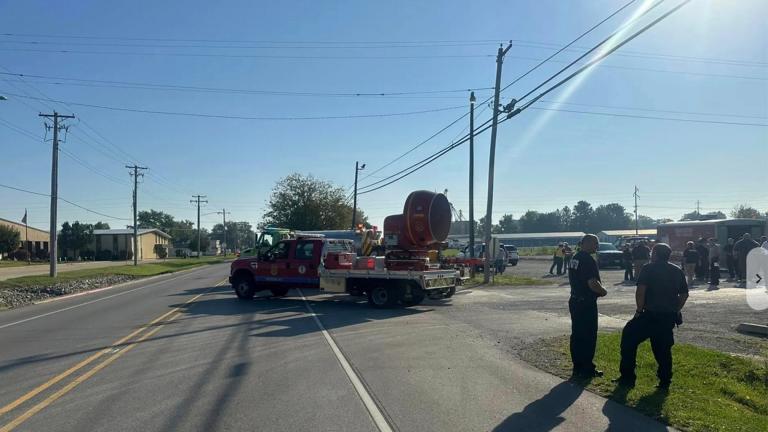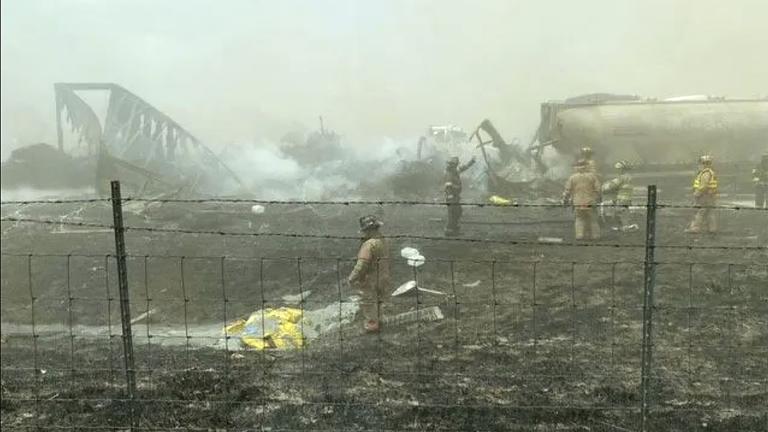A federal judge this month allowed a lawsuit over the safety of Chicago’s crosswalks for blind pedestrians to proceed as a class action.
Almost none of the thousands of signalized intersections in the city have devices giving audio cues to people who are blind or have low vision. Plaintiffs behind the case, which was first filed in September 2019, say they want systemic change.
For decades, plaintiff Ann Brash commuted into the city each day for work. Blind since birth, she’s experienced at getting around using a cane. But Chicago’s noisy downtown poses a challenge, and in 2017 she had a near miss.
“I started to cross the street at an incorrect time and I almost got hit by a bus,” Brash said. “Two people grabbed me back, (and) I’d love to thank those people. It was a close call, and it was so close of a call that it actually split my cane pretty much in half.”
Brash says crossing the street used to be simpler for blind people, who learn to listen for parallel traffic to start. But over the years, things like ultra-quiet electric cars, new intersection layouts, and changes to how walk signals are timed have made crossing the street more fraught.
“We need to have the same number of seconds to cross the street as a sighted person has,” Brash said. “The technology exists, and we need to have the same rights and the same access to safety as our sighted counterparts have.”
The technology Brash is referring to is an accessible pedestrian signal, which gives audio cues to blind and low-vision pedestrians that it’s safe to cross. But according to the city, just 26 of Chicago’s 2,842 signalized intersections have an accessible device.
“This being a service that the city provides to the general public, it has a duty to make it accessible to people who are blind as well,” said attorney Jelena Kolic of Disability Rights Advocates, one of the plaintiffs’ representatives.
Attorneys filed suit against the city, saying its inaccessible intersections violate the Rehabilitation Act and the Americans With Disabilities Act.
“Unfortunately, constituents with disabilities do not tend to be powerful political constituencies in general,” Kolic said. “It wasn’t a priority, and it needed to be a priority.”
Plaintiffs gained a powerful ally when the Department of Justice intervened in support of their claims last year. This month, the judge overseeing the case allowed the suit to go forward as a class action.
It’s a big class – Census Bureau data shows more than 68,000 adults in Chicago with a vision-related disability, in addition to blind and low-vision people who live elsewhere but spend time in the city.
“We think it will help … convey the importance of the issue, and simply the volume of people it affects every day,” Kolic said.
Attorneys for Chicago denied all the plaintiffs’ claims and had asked the judge not to grant class certification. A representative said the city does not comment on ongoing litigation.
Since 2019, officials have outlined plans to add more accessible pedestrian signals. The Chicago Department of Transportation told WTTW News it’s planning to install 150 signals this year and next.
But at the current rate, it’ll take decades for the city to upgrade all its intersections. Brash says she and other people who are blind or have low vision shouldn’t have to wait.
“It would be really great if we could travel without fear,” Brash said. “A lot of times, I will wait to cross the street until someone comes by to help or I’ll go out of my way to go across a street that’s safer. Or, a lot of times I will just decide I’m not going where I want to go because I’m afraid.”
The two sides are currently in the discovery phase of the case. No trial date has been set.

